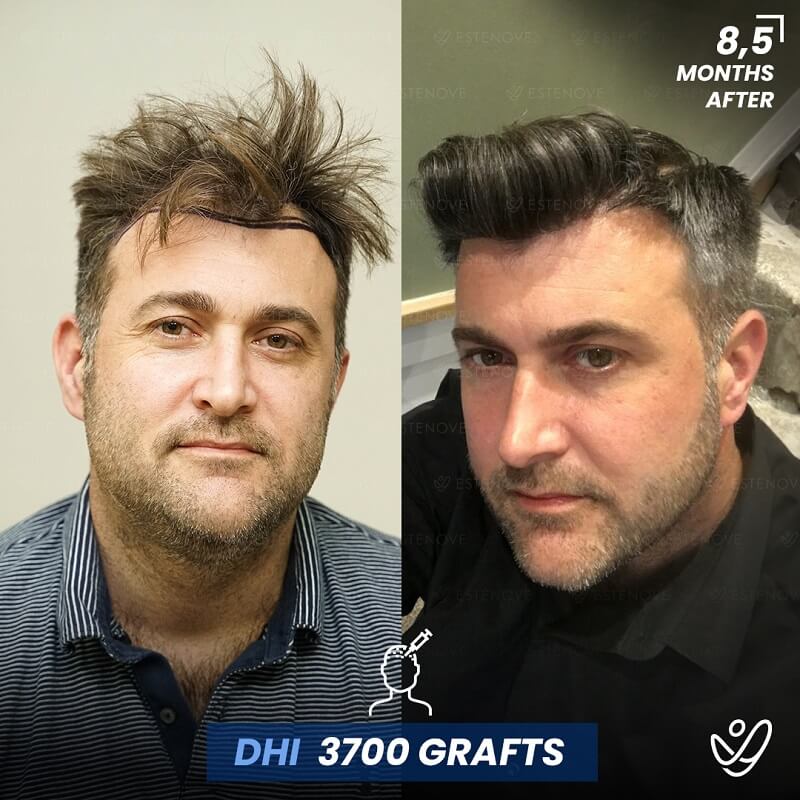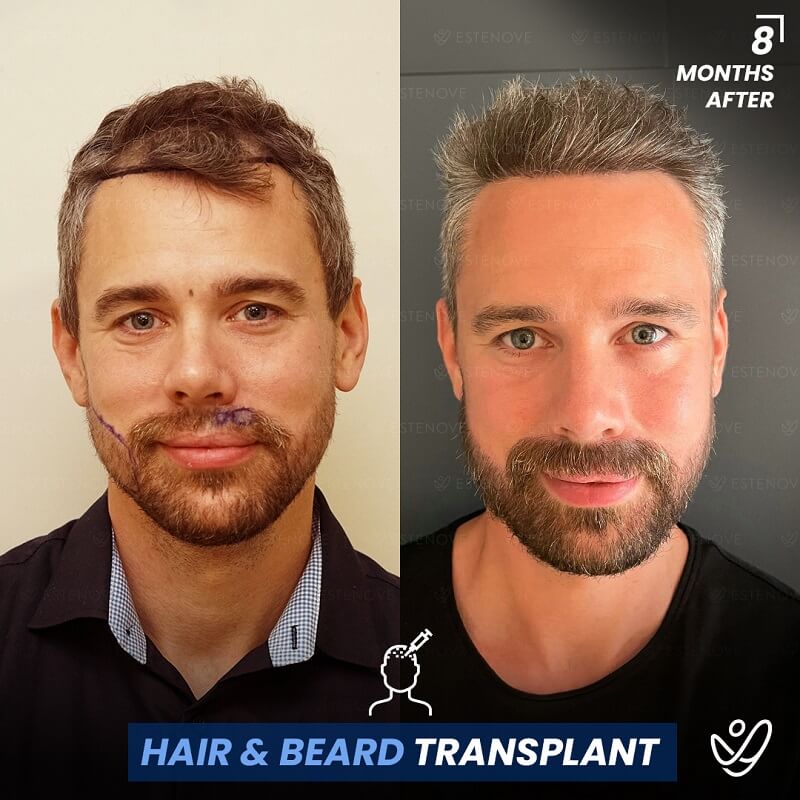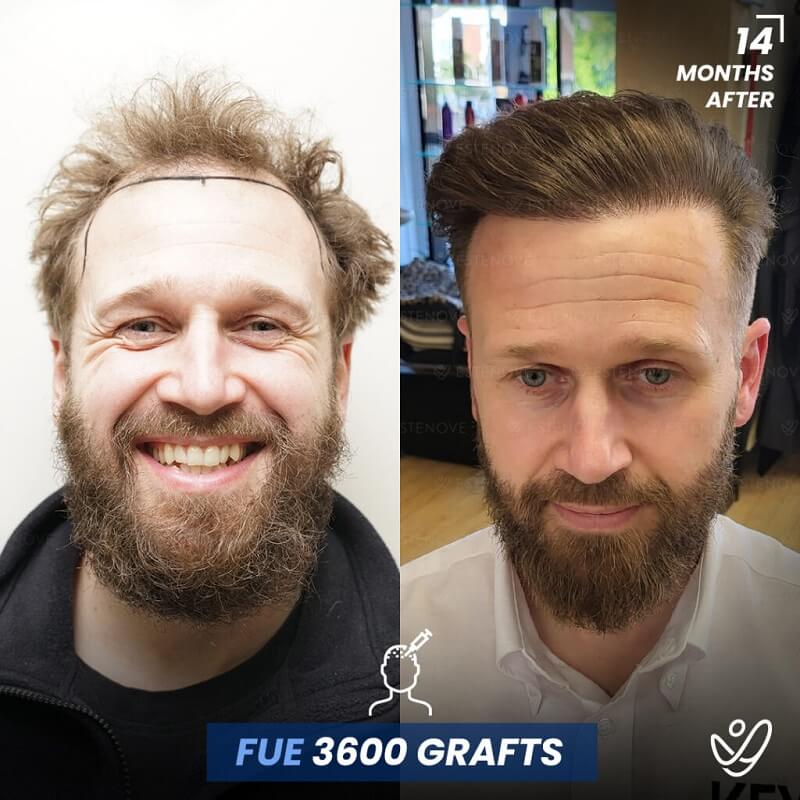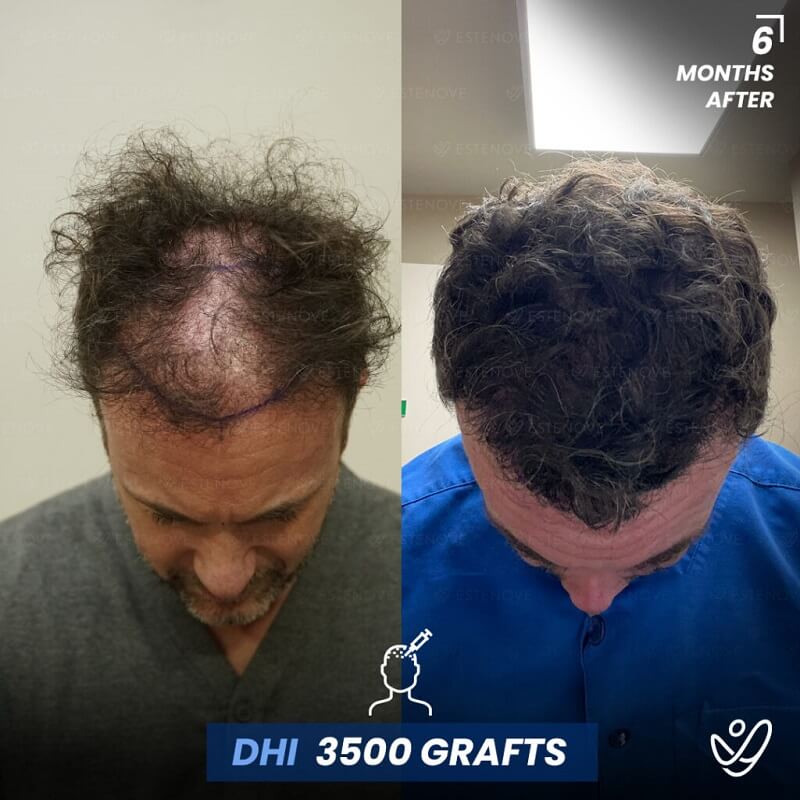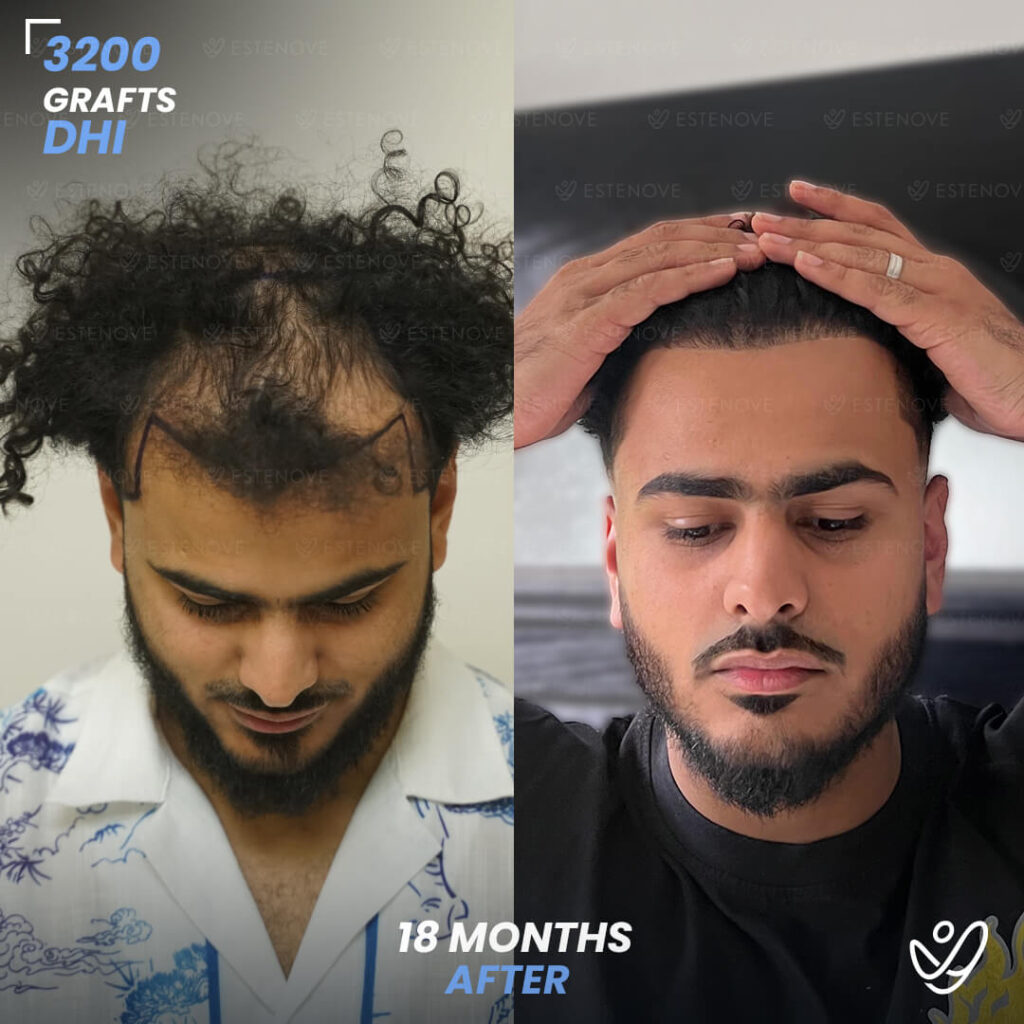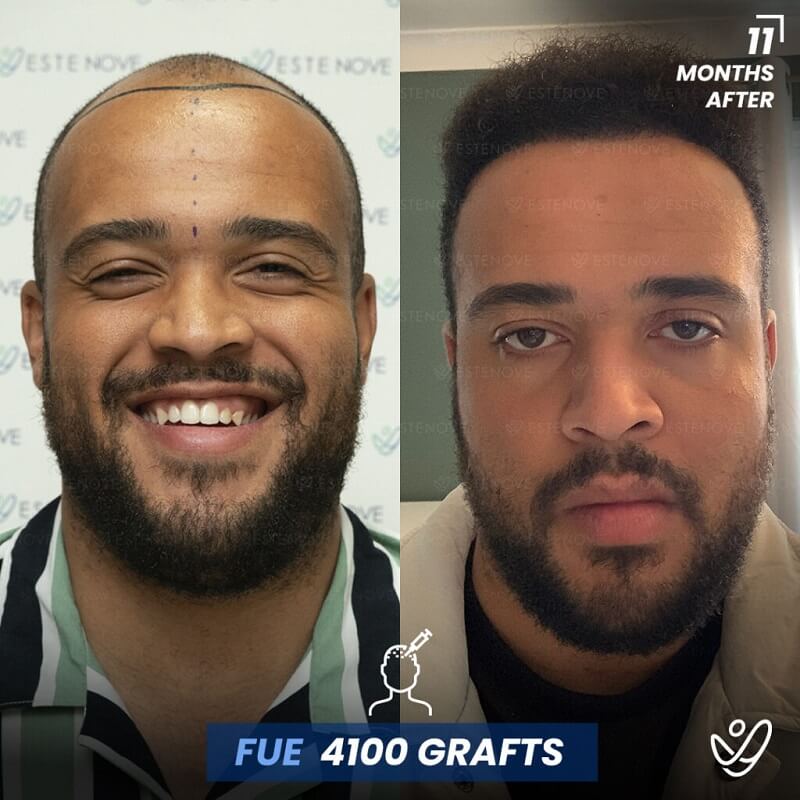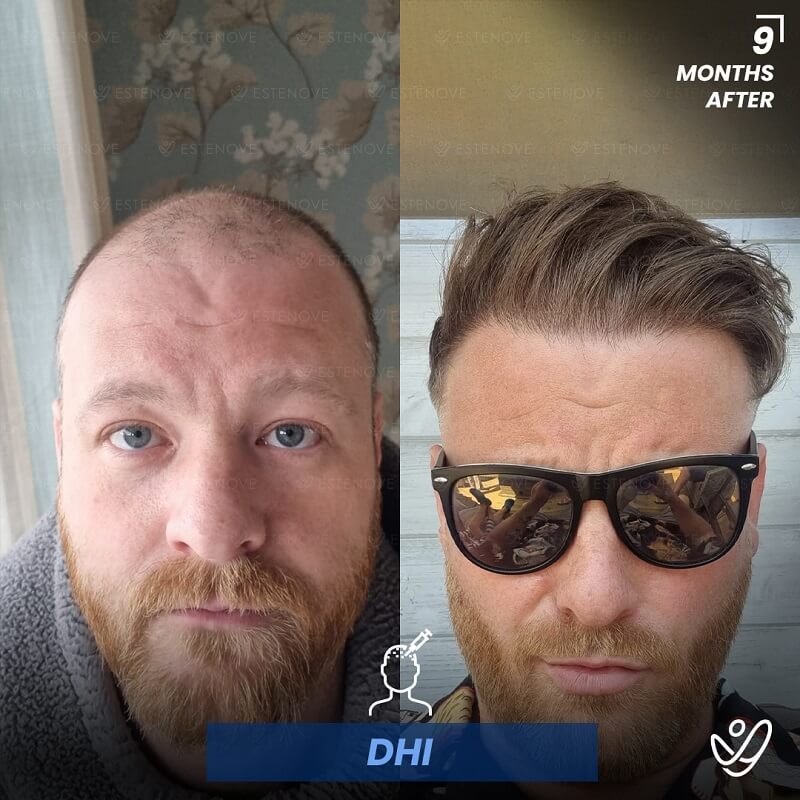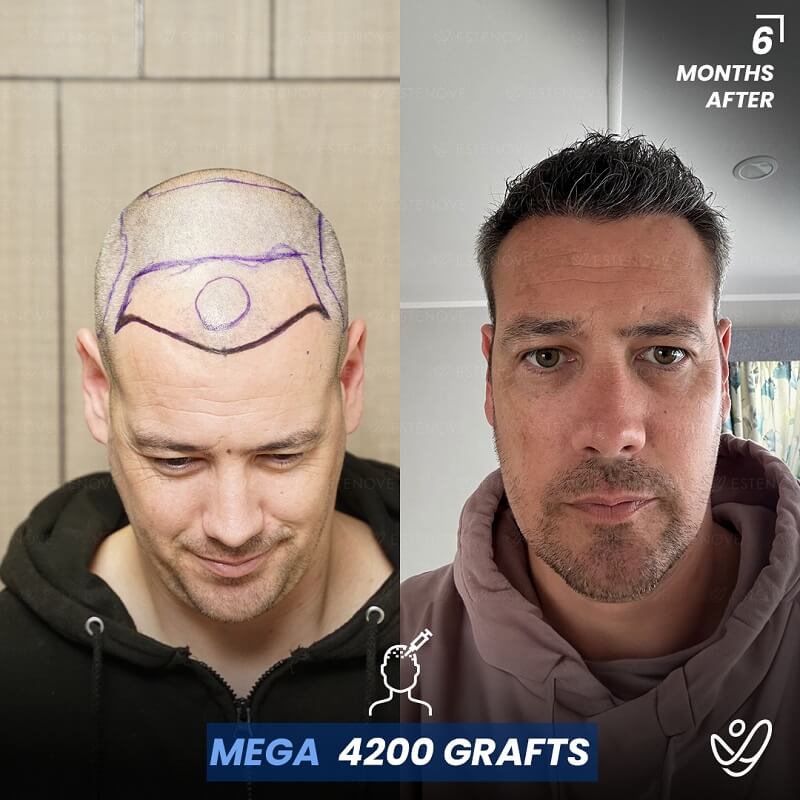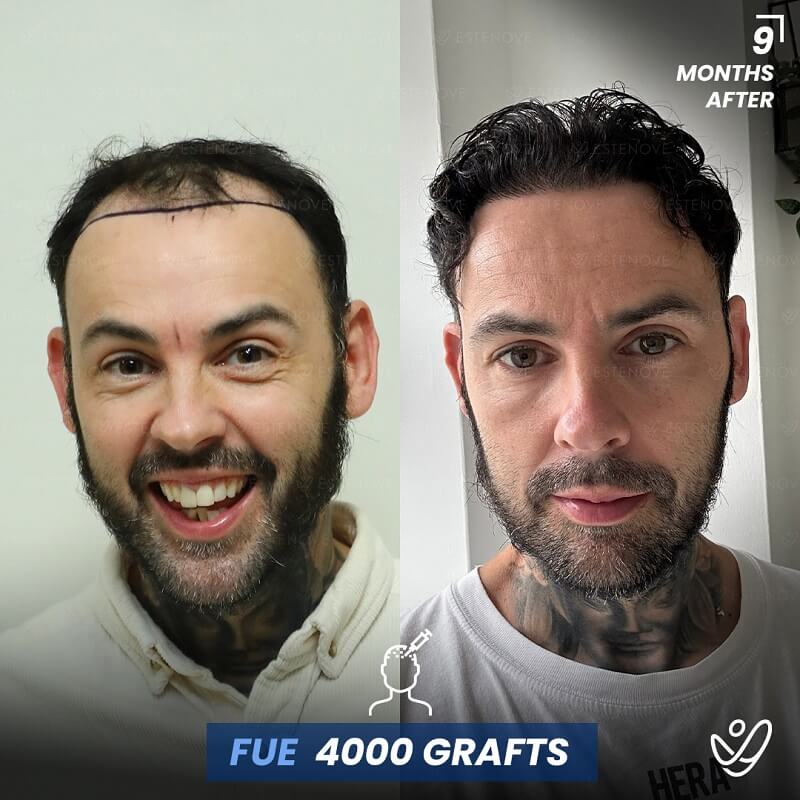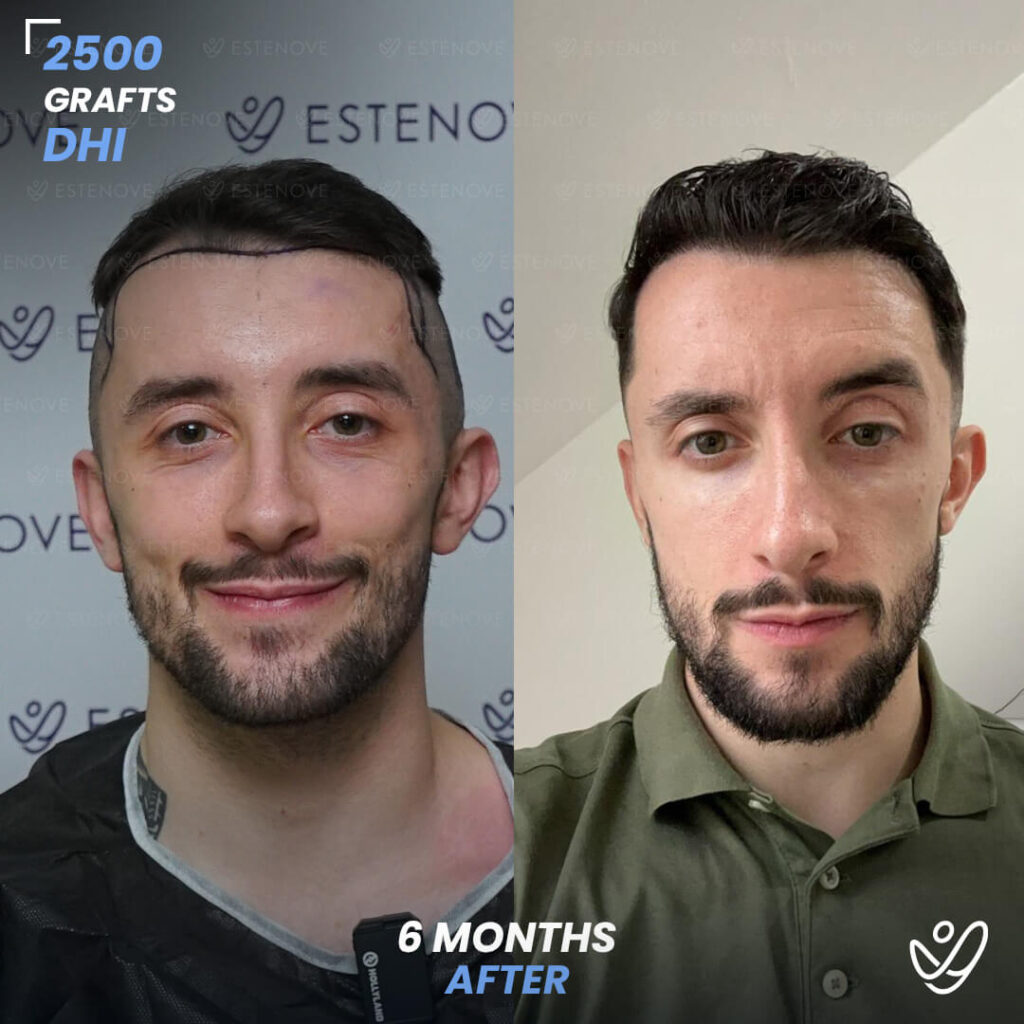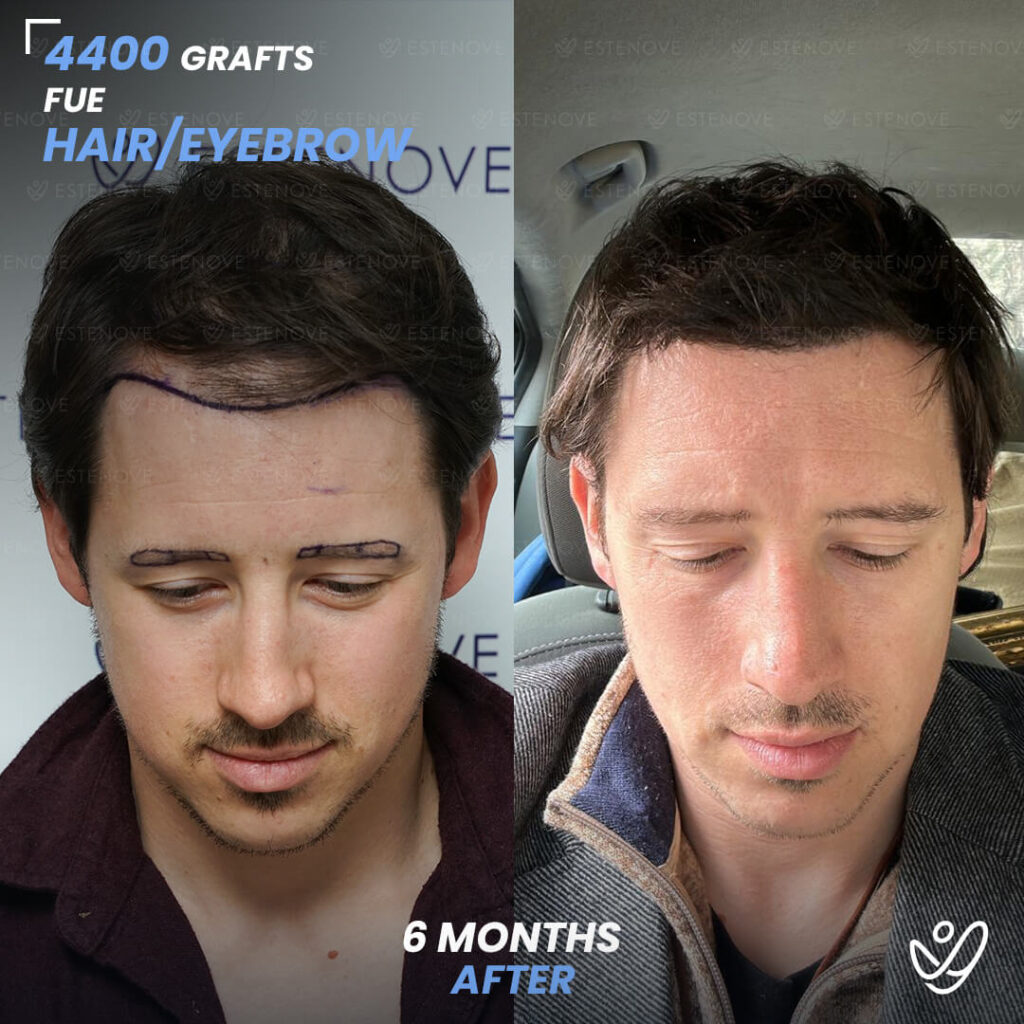
Finasteride is primarily known as a pharmaceutical drug used to treat male pattern baldness and benign prostatic hyperplasia. It functions by inhibiting the enzyme 5-alpha-reductase, which converts testosterone into dihydrotestosterone (DHT), a hormone linked to hair loss.
The reduction of DHT levels helps improve hair regrowth and reduce further loss in men experiencing androgenetic alopecia. In recent years, awareness about this treatment has skyrocketed, especially among celebrities who openly endorse it, seeing dramatic results.
In addition to its primary uses, finasteride has also garnered attention for its potential benefits in treating other conditions. For instance, some studies suggest that it may play a role in managing prostate cancer risk, as lower levels of DHT can lead to a decreased likelihood of developing certain types of prostate issues. This dual action has made finasteride a topic of interest not only among those seeking to combat hair loss but also among men concerned about their prostate health.
However, like any medication, finasteride is not without its side effects. Some users report experiencing sexual dysfunction, including reduced libido and erectile difficulties, which can be a significant concern for many. It is essential for individuals considering finasteride to have an open discussion with their healthcare provider about the potential risks and benefits, as well as to explore alternative treatments that may be available. Overall, the conversation surrounding finasteride continues to evolve, reflecting broader societal attitudes towards hair loss and men’s health.

Calculate the number of grafts needed for your hair transplant and get an estimated cost for various destinations
Why Does the Hair Fall Out?
For men, hair can be shed according to age, hair care, and various external factors. Men suffer from baldness due to various reasons such as washing the hair frequently, combing the hair using force, not being gentle on the hair follicles, shampoo or soap used, hair drying and hair thinning. Baldness is usually seen at the top of the head. Also, hair loss and open areas are frequently seen on the hairline, temples, and on the upper and side of the forehead. In addition, hair loss in men mostly has a genetic background.
Hair Loss in Celebrities
Celebrities are on television more often than ordinary people. They are in front of the camera or different people almost every single day. For this reason, they take care of themselves more than an ordinary person and pay great attention to their appearance.
Being in front of the camera and people so often means a preparation process before that for them. For example, there are many different scenes for a movie shooting. Make-up is applied, clothes are chosen and hair is styled. Different hairstyles may be required in different scenes, and for time-taking scenes, these hairstyles need to be durable. Hair stylers and powerful hair sprays are in use at this moment. Hairstyling tools with heat and strong hair sprays are used to style these hairs. And they cause great damage to the hair follicles and hair in general.
Then it is necessary to wash off the hair sprays from the hair. this means washing your hair frequently. It is necessary not to wash the hair frequently. Because the oil produced by the hair itself is very important for hair health.
For different reasons such as these and stress, hair loss can be seen more frequently in celebrities. That’s why famous people turn to various methods. Some use wigs, some prefer hair transplantation and some use anti-hair loss drugs.
Celebrities Who Have Openly Discussed Their Use of Finasteride
Several high-profile figures have come forward to share their experiences with finasteride, helping destigmatize the conversation around hair loss treatments. Celebrities such as John Travolta and Elon Musk have publicly acknowledged their use of finasteride.
These revelations have paved the way for greater acceptance among fans and communities alike, encouraging those affected by hair loss to consider this treatment without feeling embarrassed or ashamed.
It seems like celebrity gossip but in reality, celebrities usually do not share what they do to prevent hair loss. Only a few names have talked about what to do and how do they keep their hair healthy. Dax Shepherd, Rob Lowe, and Donald Trump are among those names. Pete Davidson is one of the few younger celebrities who openly and honestly talk about his hair and about taking Finasteride.
Joe Rogan is also one of those open names. Before he gets comfortable talking about his baldness on the front of his head, he struggled with his own hair loss for many years. And now he has openly talked about taking Finasteride.
There are many celebrities who use this medicine to prevent hair loss. It seems like they do not talk about it but the number of users keeps rising.
Ready to restore your hair?
Get in touch anytime — our experts are here 24/7 for a free online consultation
Finasteride for Hair Loss
Hair loss is completely normal for an individual. Most people lose between 50 to 100 hairs every single day. This level of hair loss is insignificant. It is usually not even noticeable on the hair. But if you have begun to notice a change in the thickness of your hair in general, there might be a problem.
Does Finasteride Regrow Hair? Benefits, Risks, Results Explained
Male pattern baldness, or androgenic alopecia, is the most common type of hair loss in men. It is usually an inherited condition. As the condition progresses, the natural hair growth cycle begins to weaken, which causes your hair to get shorter and thinner. Male pattern baldness is often treatable.
Finasteride works by decreasing the amount of the hormone dihydrotestosterone, DHT in the body. DHT normally causes your prostate to grow larger. The decrease in DHT helps prevent your prostate from growing larger. It also increases hair growth and decreases hair loss of the hair on the top of the head, in the hairline, on temples, and forehead.
Despite its benefits, finasteride can come with side effects, including decreased libido, erectile dysfunction, and mood swings.¹ These potential issues warrant careful consideration, especially among public figures who may feel pressure to maintain a certain image.
Comparing Finasteride to Other Hair Loss Treatments
While finasteride is a popular option, it is not the only solution available. Other treatments include minoxidil, various laser therapies, and even surgical hair restoration methods.
- Minoxidil: An over-the-counter topical solution that stimulates hair growth.
- Laser Therapy: Non-invasive options using low-level lasers to promote hair growth.
- Surgical Options: Hair transplant techniques that physically relocate hair follicles from other parts of the body.
Each treatment has its benefits and drawbacks, and the choice between finasteride and alternatives often comes down to individual preference and medical advice.
Estenove is here to help you regain your hair and achieve your desired look. Our skilled surgeons use cutting-edge techniques and technologies to provide safe, effective, and tailored hair transplant treatment in Istanbul, Turkey. Our modern facilities and comfortable accommodations ensure that you receive the best care possible at an affordable hair transplant treatment price.
Fill the form below to get free consultation
Sources:
¹ https://www.nhs.uk/medicines/finasteride/side-effects-of-finasteride/

